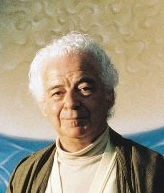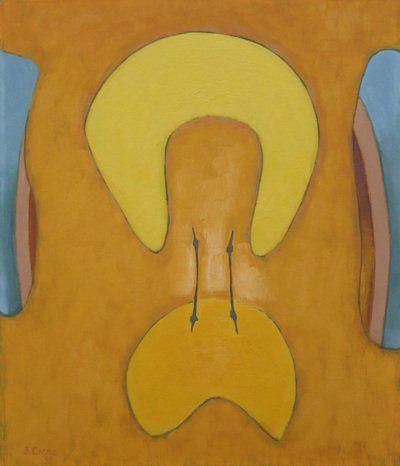A mandala is a visual mantra or Yantra (in Sanskrit). As a mantra, when properly pronounced, releases certain energies which create effects, so a mandala, when properly created and contemplated, likewise releases energies and produces effects. Mandalas, in the Tibetan and Indian tradition, are 'scientific' and symbolic presentations of states of consciousness. My paintings (which do not look like these traditional forms) are also mandalas. Mandalas cover a very wide range. The basic purpose is to release energy to the viewer. They stand for certain states of Being or Consciousness and can evoke that in the viewer through contemplation.
The mandala does not do this by itself. The mandala, if correctly made, releases energy in response to the viewer’s concentration on it, and contemplation of the ideas. In this way, the mandala painting can be used as aid for meditation. A 'mandala', in terms of painting or drawing of a visual image, can be the vehicle for the expression of esoteric ideas. These can be on very many levels: cosmic, inspirational, mental, personal or impersonal.
Mandala, 1969

















